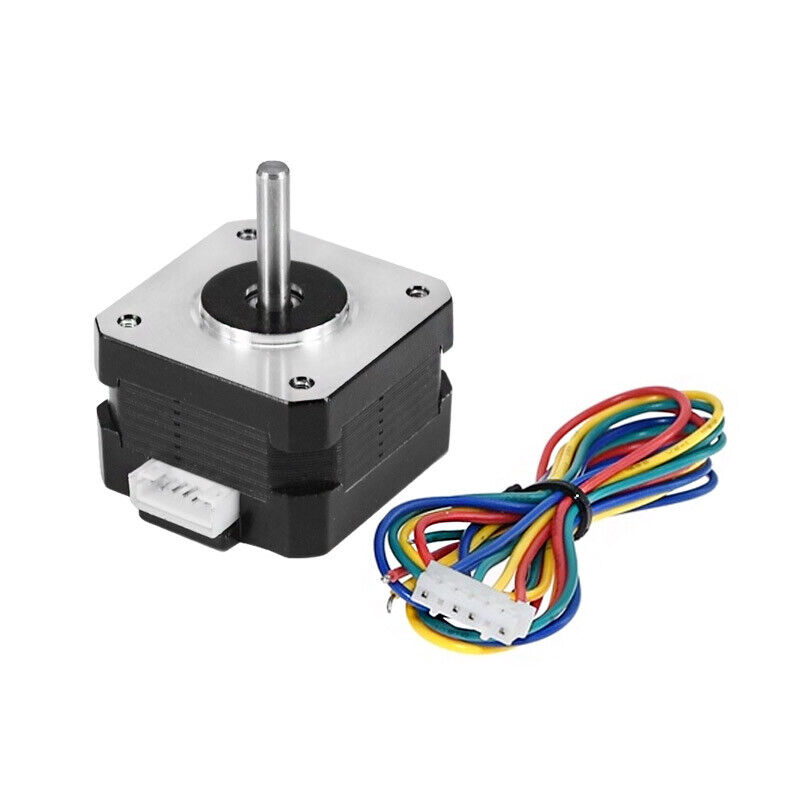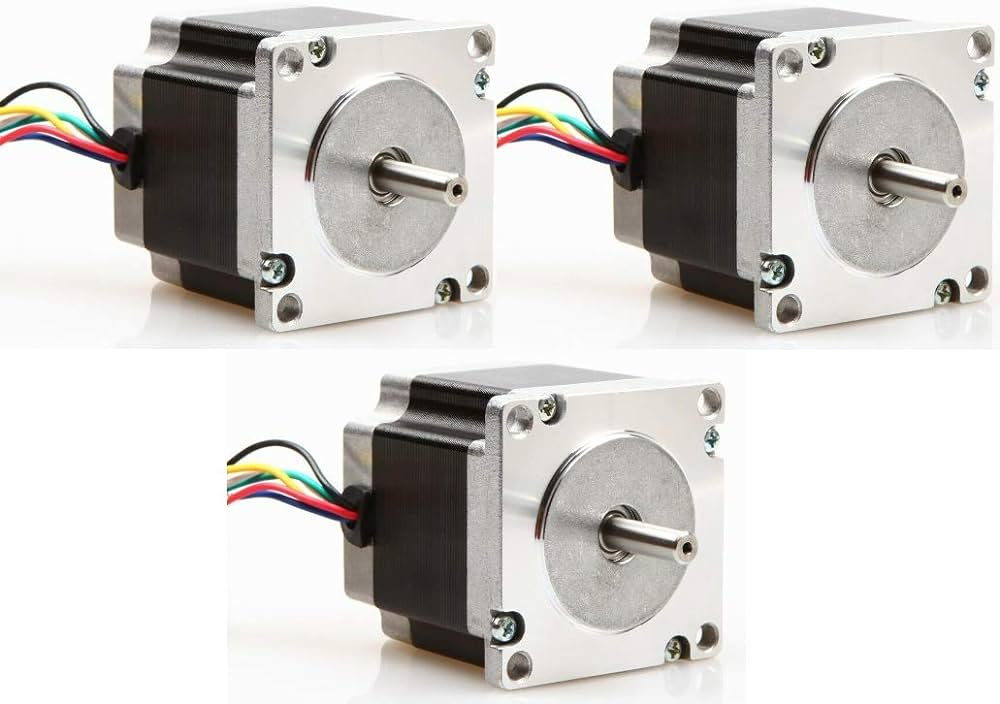Stepper drives are a key component of many DIY projects, from 3D printing to robotics to CNC machines. However, choosing the right stepper drive can be a challenge due to the variety of models, features and parameters. In this guide, we will look at the main issues to consider when choosing a stepper drive for your DIY project.
Determine the requirements of your project
The first step in choosing a stepper drive is to determine the requirements of your project. It is important to answer the following questions:
- What load will be on the actuator;
- What speed and acceleration is required;
- What positioning accuracy is required;
- What electrical and mechanical parameters are available for the actuator.
Size and Power
Once you have determined the requirements of your project, the next step is to select the appropriate drive size and power. This is important to ensure sufficient force and speed for your application.
Drive type
There are several types of stepper actuators such as single-step and double-step. Single-step actuators offer higher resolution, while two-step actuators provide higher torque. The choice depends on the requirements of your project.
Driver and controller
Choosing the right driver and controller for your drive is equally important. These provide control of the actuator and convert the control signals into motion.
Choosing a stepper drive for a DIY project requires careful analysis of the project requirements and a good understanding of the characteristics and parameters of the drives. By following this guide, you will be able to make an informed choice and ensure optimal performance for your project.


